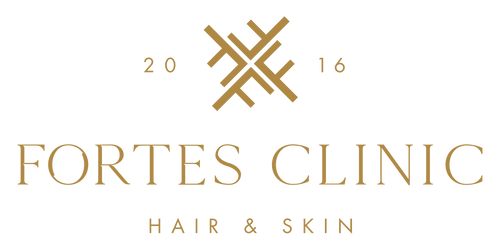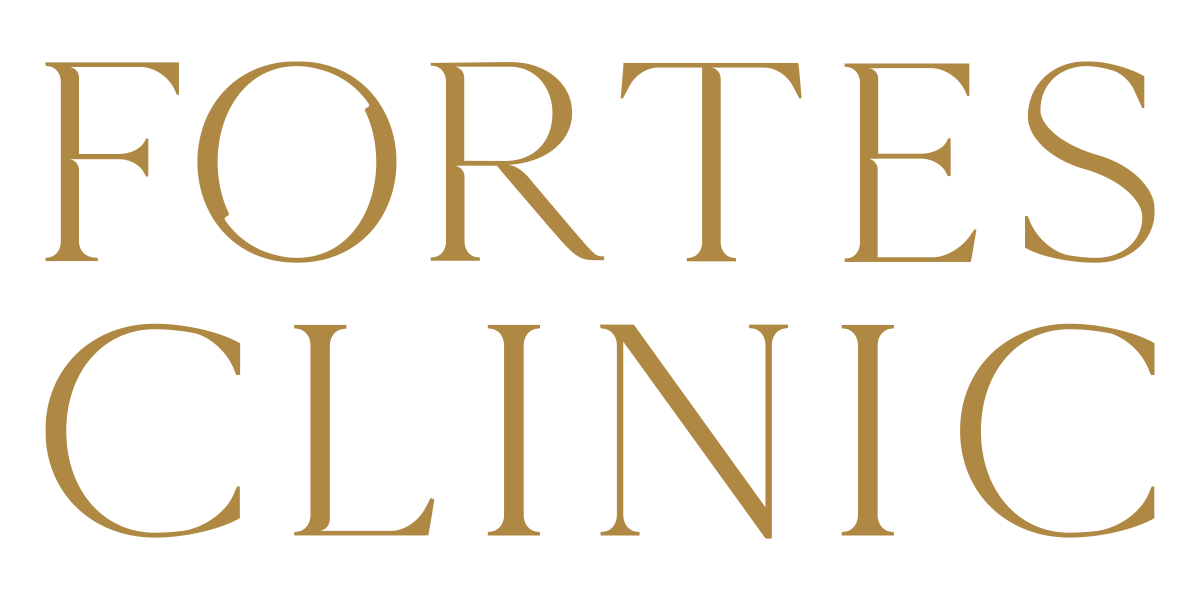Exploring the Basics of the Norwood Scale
Hair loss, a natural and often inevitable occurrence, affects countless individuals globally, influencing self-esteem and overall well-being. A key tool within the armoury of hair loss assessment is the Norwood Scale, an essential reference point in understanding and addressing male pattern baldness. In this comprehensive guide, we will delve deeply into the intricacies of the Norwood Scale: its inception, functionality, influence on treatment options, psychological implications, and the exciting prospects it holds for the future. So, let’s embark on this enlightening journey to grasp the significance of the Norwood Scale in the realm of hair loss.
Defining the Norwood Scale
The Norwood Scale, aptly named after its originator, Dr. O’Tar Norwood, serves as a visual framework that systematically classifies the progression of male pattern baldness. With a primary focus on the male demographic, this classification system offers an objective lens through which the extent of hair loss can be evaluated. The significance of the Norwood Scale lies not just in its practicality but also in its role as a common language shared between individuals seeking solutions and healthcare professionals striving to address their concerns effectively.
Historical Context and Development
Dating back to the 1950s, the roots of the Norwood Scale are firmly embedded in history. Its evolution has been remarkable, adapting to evolving hair loss patterns over the years. The scale’s resilience and precision have propelled it to the forefront of hair restoration, becoming an indispensable tool for conveying hair loss stages to both experts and those embarking on their personal hair restoration journeys.
Purpose of the Norwood Scale
At its core, the Norwood Scale serves a pivotal purpose: it provides a structured framework for assessing and categorising male pattern baldness objectively. This assessment acts as the cornerstone for informed decision-making, equipping both patients and medical professionals with a clear roadmap for devising tailored treatment plans and managing expectations effectively.
Assessing Male Pattern Baldness
Male pattern baldness, often scientifically referred to as androgenetic alopecia, is the most prevalent form of hair loss among men. The Norwood Scale distils this complex phenomenon into seven distinct stages, each delineating a particular level of hair loss. This classification is instrumental in personalising interventions, ensuring that treatment strategies are aligned with the specific stage of hair loss an individual is experiencing.
How Does The Norwood Scale Work?
The Classification System
The Norwood Scale’s structure revolves around seven stages, effectively capturing the gamut of hair loss patterns:
Stage I
This stage signifies the baseline of a youthful hairline, devoid of any noticeable hair loss. The hairline is positioned above the crease of the upper forehead, exuding vitality and a sense of fullness.
Stage II
Stage II witnesses a subtle recession of the hairline along the temples. This often arises as part of the natural maturation process of the hairline, with minimal impact on overall appearance.
Stage III
Advancing to Stage III, the hairline recession becomes more conspicuous. The formation of a distinctive M shape begins as hair loss intensifies around the temples and the frontal region.
Stage IV
Stage IV witnesses the emergence of more pronounced hair loss. The M shape deepens, and balding on the crown initiates. The bridge of hair connecting the frontal region and the crown starts to narrow.
Stage V
As we progress to Stage V, hair loss on the crown becomes pronounced. The bridge of hair that once demarcated the frontal region from the crown gradually fades, accentuating the crown’s visibility.
Stage VI
In Stage VI, hair loss reaches a more severe level. A narrow band of hair remains along the sides and back of the scalp, while the crown and frontal region experience substantial thinning.
Stage VII
The final stage, Stage VII, showcases the most advanced form of hair loss. Only a horseshoe-shaped fringe of hair endures along the sides and back of the head. The crown and frontal areas are prominently bald.
Recognising Hair Loss Patterns
In addition to the comprehensive stage classification, the Norwood Scale helps unveil typical hair loss patterns that characterise different stages:
Frontal Hairline Recession
Frontal hairline recession takes centre stage in the earlier stages of the Norwood Scale. Understanding the dynamics of this recession facilitates predictions about the trajectory of future hair loss patterns.
Crown Balding
Crown balding assumes prominence in the later stages of the Norwood Scale. Monitoring the evolution of crown balding serves as a pivotal determinant in devising precise and effective hair restoration strategies.
Factors Influencing Norwood Scale Stages
Genetics and Hereditary Factors
The tapestry of genetics intricately weaves the story of hair loss progression. A family history of hair loss significantly heightens the probability of traversing the stages of the Norwood Scale. Hereditary factors wield considerable influence in shaping one’s hair loss journey.
Hormonal Influence
Hormones, particularly dihydrotestosterone (DHT), play a substantial role in hair loss. Individuals with an increased sensitivity to DHT are prone to an accelerated progression through the Norwood Scale. Hormonal intricacies intertwine with genetics, painting a unique picture for each individual’s experience.
Age and Progression
Age emerges as a critical determinant in the cadence of hair loss progression. While some individuals encounter hair loss in their early years, others experience a more gradual transition through the Norwood Scale stages. Age serves as an intricate orchestrator, influencing the symphony of hair loss patterns.
Implications of Norwood Scale for Hair Restoration
Tailoring Treatment Plans
Understanding the Norwood Scale breathes life into personalised treatment blueprints. Based on the stage of hair loss, a spectrum of interventions can be curated:
Non-Surgical Approaches
The earlier stages (I-III) often lend themselves to non-surgical interventions. Medications like finasteride and minoxidil, accompanied by topical treatments, are potent tools that mitigate hair loss and encourage regrowth.
Platelet-Rich Plasma (PRP) Therapy
PRP therapy, a burgeoning approach, involves employing the body’s own blood plasma to invigorate hair follicles. This technique yields promising results, especially for individuals navigating the mid-range Norwood Scale stages.
Surgical Interventions
As we venture into the advanced stages (IV-VII), surgical interventions emerge as formidable contenders. Techniques such as Follicular Unit Transplantation (FUT) and Follicular Unit Extraction (FUE) present viable solutions for reclaiming lost hair.
Addressing Psychological Impact
Beyond the physiological realm, hair loss possesses an undeniable psychological impact. The emotional facets of this journey are pivotal, and seeking support, whether from professionals or support groups, constitutes a powerful tool in navigating the psychological terrain.
Lifestyle Measures for Hair Health
Nutritional Considerations
The nourishment we provide our bodies plays a vital role in supporting overall hair health. A balanced diet rich in essential vitamins and minerals, including biotin, zinc, and omega-3 fatty acids, serves as a cornerstone for resilient, vibrant hair.
Hair Care Practices
Delicate hair care practices contribute significantly to maintaining hair health. Steering clear of harsh styling techniques and excessive heat treatments preserves the integrity of the hair, preventing unnecessary stress and damage.
Stress Management and Sleep
Holistic well-being manifests in healthy hair. Managing stress and cultivating sufficient sleep form the bedrock of a robust foundation, not just for hair health, but for overall vitality.
The Future of Hair Restoration
Advances in Treatment Techniques
The landscape of hair restoration is undergoing a transformative evolution. Breakthrough techniques, including laser therapy and nanotechnology-based treatments, are emerging as potent contenders, offering a promising horizon for hair restoration.
Personalised Medicine and Genetics
The future of hair restoration converges with the realm of personalised medicine. Genetic testing, with its ability to uncover genetic predispositions to hair loss, paves the way for interventions tailored with surgical precision.
Promising Research Directions
Researchers are kindling hope through innovative research avenues. Stem cell therapy and gene therapy, on the cusp of revolutionary breakthroughs, hold the potential to rewrite the narrative of hair regeneration.



